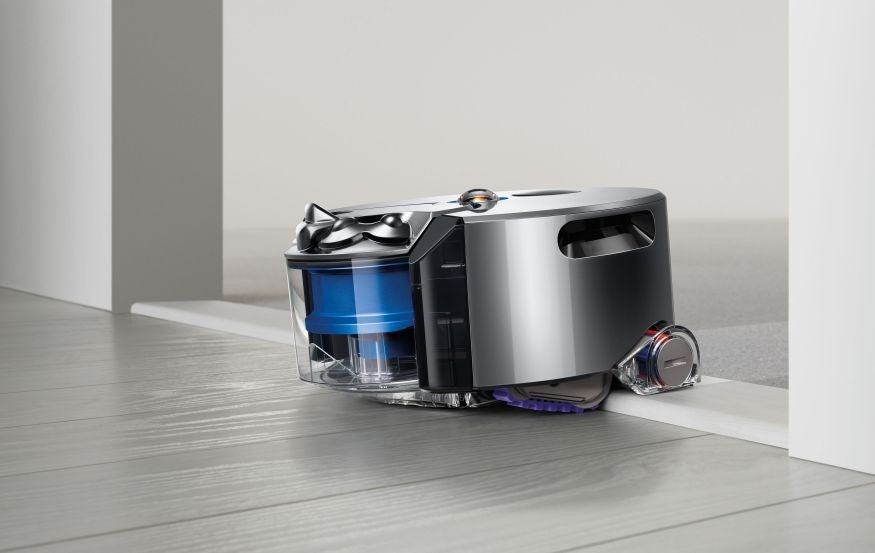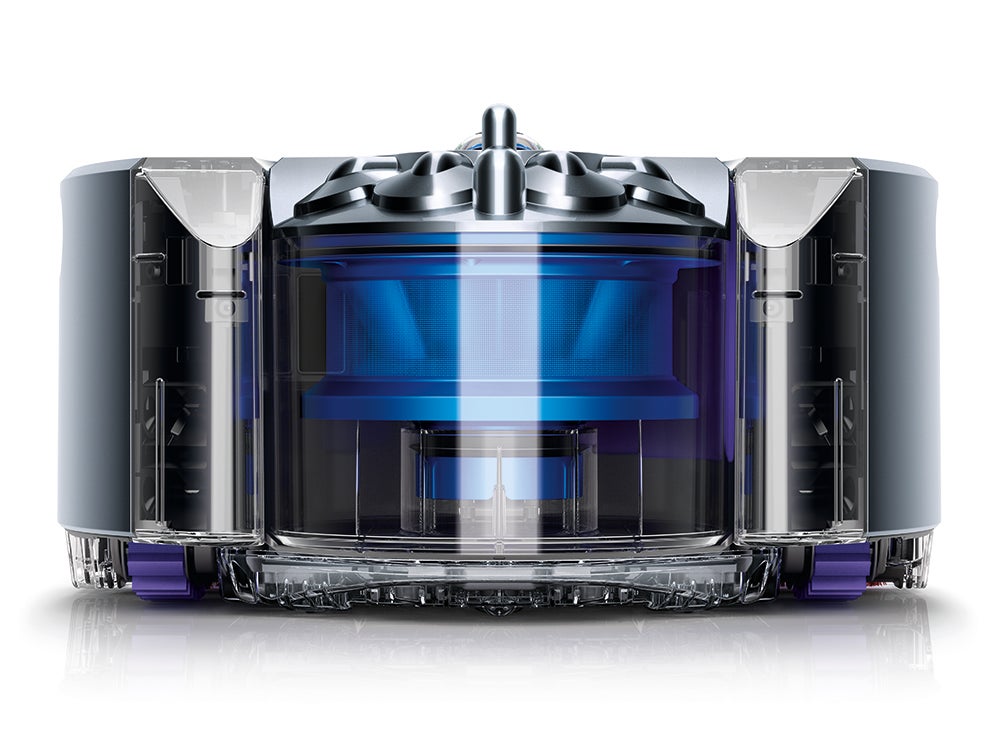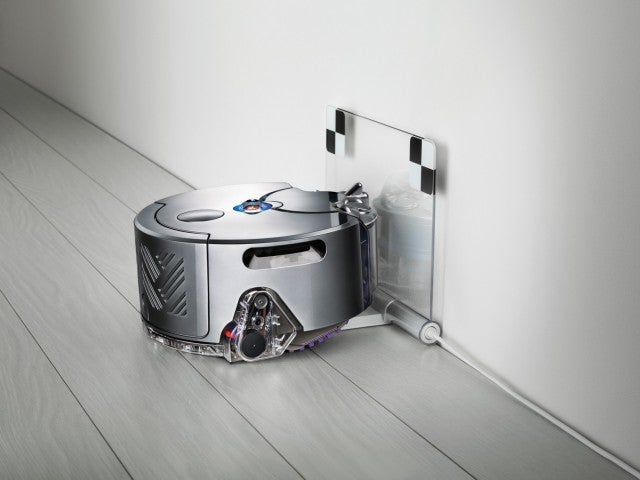Dyson unveils 360 Eye: an automatic robotic vacuum with tank treads and 360-degree vision
Robotic vac reportedly took 16 years and £28 million to develop

British vacuum-makers Dyson have unveiled their first ever automated home cleaner: the robotic Dyson 360 Eye, which the company says is no gimmick but a “genuine labour-saving device”.
The 360 Eye features tank-style tracks for fluid, continuous movement and a 360-degree panoramic camera that sweeps the whole room with infrared, taking 30 pictures per second to create a live map of the little robot’s environment.
Dyson say that the automated vacuum took more than 16 years and £28 million to develop, with the company’s engineers re-thinking how the robot navigates rooms (it moves to the centre then spirals out in 10-feet circumferences) and to give it real power (the 360 Eye uses Dyson’s own digital motors, which the company estimates are 20 times more powerful than other robot vacuums).
The 360 Eye holds around 0.4 litres of muck and works for 20 to 30 minutes (depending on surfaces) before returning automatically to its charging station. Dyson have also created an iOS and Android app to give the bot instructions and set up regular cleaning schedules.
Although the first robot vacuum – iRobot’s Roomba – was released in 2002, the product category has failed to attract consumers, always more of a boondoggle than a time-saver – consigned to the ‘that’s cool but also very rubbish’ category of tech gadgets alongside internet connected-fridges.
Dyson will be hoping to change all that, and is launching the 360 Eye in Japan first, hoping to capitalize on the country’s tiny apartments and enthusiasm for all things tech to shift units.
It’ll hit shops in the country in spring 2015 before moving to other countries later in the year and is thought to cost around £700.


Join our commenting forum
Join thought-provoking conversations, follow other Independent readers and see their replies
Comments